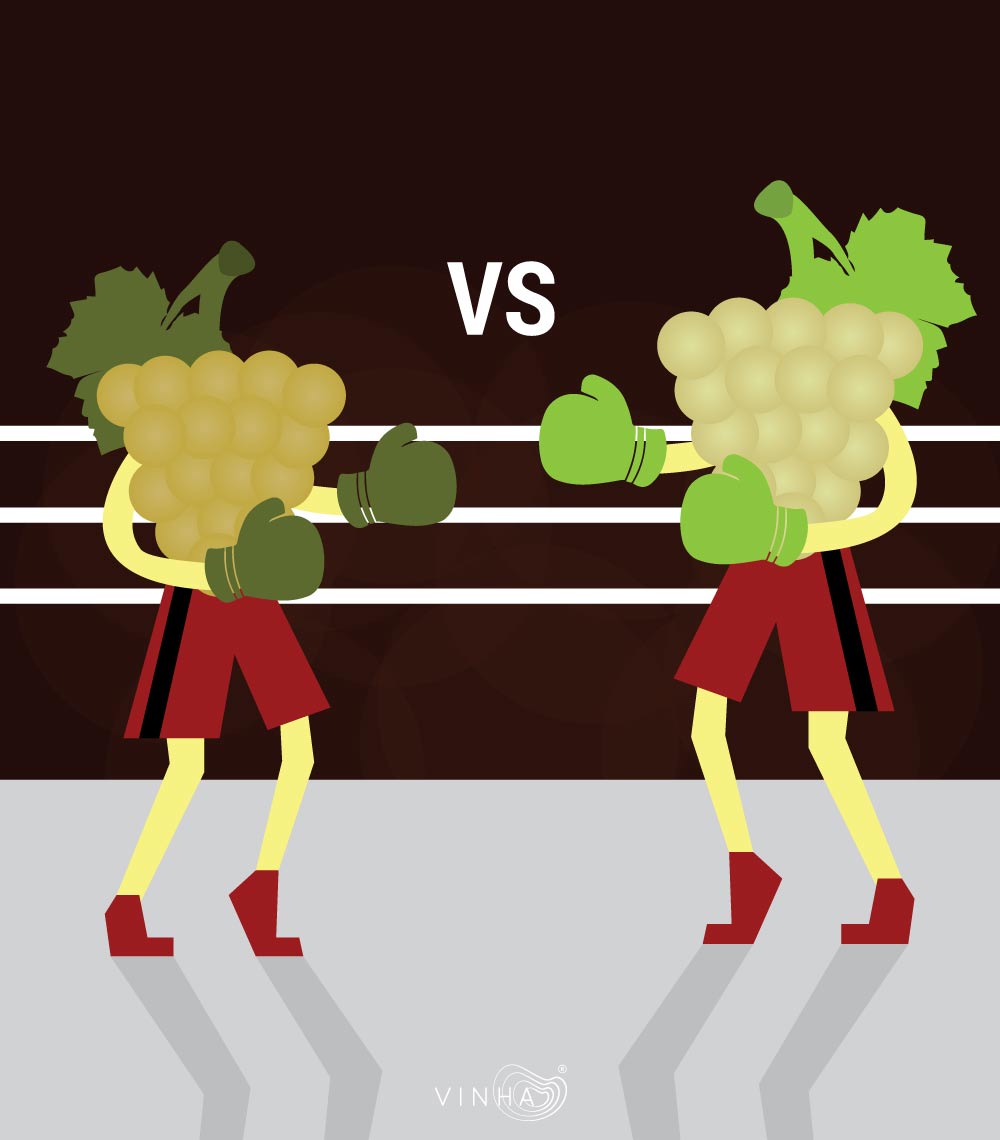
This is the first of a series of articles which are going to be based on my tasting experience. I was given the interesting challenge of trying to understand Portuguese grape varieties, which sometimes can be confused with foreign ones. This week we will start with Loureiro and Riesling.
Loureiro
It is originally from the North of Portugal and, despite being used to make wines of youth and fast consumption, it has much more to offer. It has the ease to adapt to different styles and it goes really well with aging or fermentation in wood.
Some days ago a friend of mine brought a wine to a friend’s dinner. It was covered and, after tasting it, 90% of the table was saying it had to be a Riesling. It was fun when we found out it was, in fact, a 2007 Loureiro. It is incredible how the grape evolves and it is easy to understand that, after some years, it shows a superior, characteristic style.
Characteristics – wines of freshness and great body that show notes of orange, apple, peach, citric and tropical fruits, and also a bit of rubber. Its alcoholic content goes normally between 11% and 13%, and it has a great aging potential. It can either originate slightly sweet wines or even Late Harvests.
Riesling
On the other hand, the german Riesling is eclectic, exceptional and extremely aromatic. It is planted basically in Germany, Austria, France, Australia and Canada.
Characteristics – it produces very different styles of wine – from dry, semi-dry to sweet wines – and its alcohol content goes between 7% and 13,5%. It can be attacked by the fungus “botrytis cinerea”, or be frozen when harvested (ice wine). In both cases, it originates delicious desert wines. Its aromas are varied – rubber, lemon, apple, peach, melon and white flours.
This two grape varieties have lots of similarities, taste it!
Extra note: The Arinto grape, when aged, might be similar to Riesling also.
Cheers!


